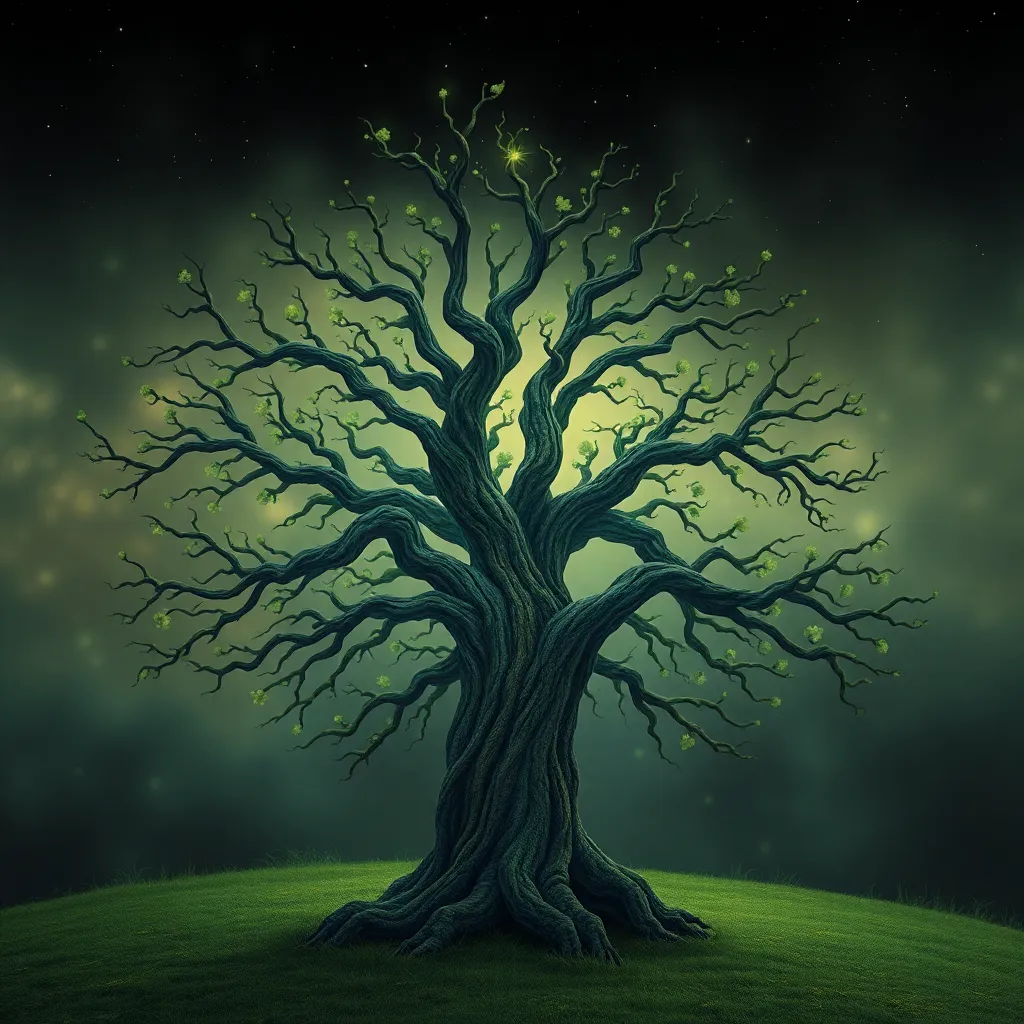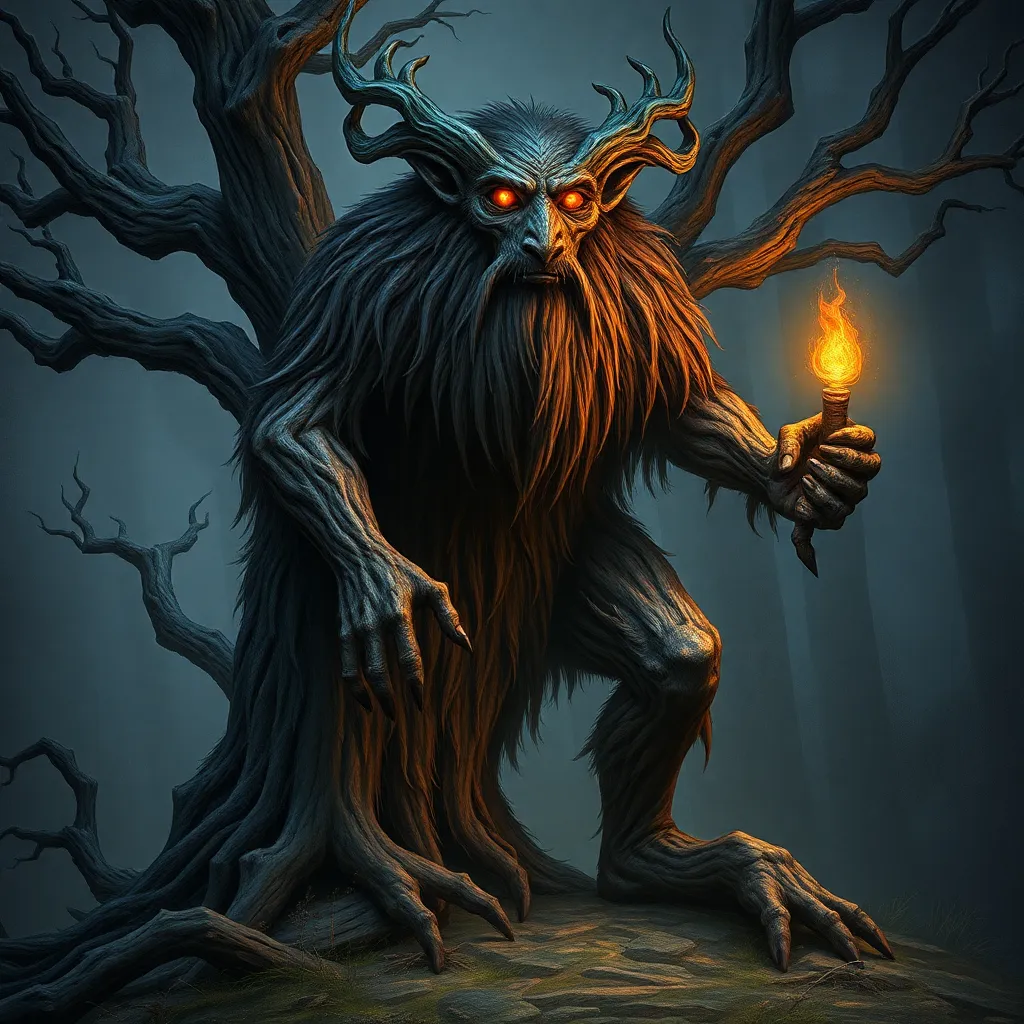The Tree’s Soul: Exploring Dryad Consciousness in Myth and Legend
I. Introduction
In the rich tapestry of mythology, few beings encapsulate the essence of nature as profoundly as dryads. Defined as tree nymphs or spirits, dryads hold significant roles in ancient myths, serving as guardians of the forests and embodiments of the trees they inhabit. Their existence highlights the deep connection between trees and consciousness, suggesting that the natural world possesses a soul-like quality.
This article aims to delve into the concept of dryad consciousness, exploring their origins, symbolism, ecological significance, and the lessons they impart regarding our relationship with nature.
II. Historical Origins of Dryads
Dryads primarily emerge from ancient Greek mythology, where they are depicted as beautiful maidens linked to specific trees, most notably oak trees. The term “dryad” itself is derived from the Greek word “drys,” meaning “oak.” According to myth, the fate of a dryad is intertwined with that of her tree; if the tree dies, so does the dryad.
Across cultures, parallels can be drawn with other tree spirits. For example:
- Kodama: In Japanese folklore, kodama are spirits that inhabit trees, particularly ancient ones. Much like dryads, they are believed to protect their trees and can bring misfortune if harmed.
- Celtic Tree Spirits: The Celts revered various tree spirits, often associating them with specific trees and their symbolic meanings, reflecting a deep respect for nature.
As societies evolved, so did the archetype of the dryad, reflecting changing views on nature and spirituality.
III. The Symbolism of Trees in Mythology
Trees have long been seen as life-givers, offering shelter, food, and oxygen, making them vital to human survival. In various mythological narratives, trees symbolize wisdom, longevity, and the interconnectedness of life. Some key aspects include:
- Life-givers: Trees provide sustenance and habitat for countless creatures, embodying the cycle of life.
- Wisdom: Many cultures view trees as symbols of wisdom, with their deep roots and towering heights representing knowledge and enlightenment.
- Interconnectedness: Folklore often emphasizes the profound connection between all living beings, suggesting a shared consciousness rooted in nature.
IV. The Nature of Dryad Consciousness
Dryads are often characterized by their wisdom, empathy, and deep connection to the natural world. This consciousness encompasses several attributes:
- Wisdom: Dryads are believed to possess ancient knowledge about the forest and its inhabitants.
- Empathy: Their connection to trees allows them to feel the pain and joy of the natural world, making them compassionate guardians.
- Relationship to Trees: Each dryad is bound to her tree, embodying its spirit and vitality.
The idea of collective consciousness among tree spirits suggests that all dryads share a network of awareness, further emphasizing the interconnectedness of life.
V. Dryads in Literature and Popular Culture
Throughout history, dryads have captured the imaginations of writers and artists, appearing in various literary and cultural contexts:
- Classic Literature: In works like Ovid’s “Metamorphoses” and Homer’s “Odyssey,” dryads are portrayed as enchanting yet vulnerable beings tied to their trees.
- Modern Fantasy: Contemporary literature and films, such as those in the “Lord of the Rings” series or “The Chronicles of Narnia,” depict dryads and similar tree spirits as powerful allies of nature.
These portrayals influence contemporary views on nature, often romanticizing the idea of a mystical connection between humans and the natural world.
VI. The Ecological Significance of Dryads
In mythology, dryads serve as guardians of the forests, representing the balance between humanity and nature. Their symbolic roles can be interpreted as follows:
- Guardians of Forests: Dryads protect their trees and the ecosystems surrounding them, highlighting the importance of preserving natural habitats.
- Environmental Symbolism: Dryads embody the spirit of environmentalism, representing the need to respect and protect the earth.
- Conservation Lessons: The mythology of dryads teaches us the value of preserving nature, reminding modern society of our responsibility toward the environment.
VII. Psychological and Philosophical Interpretations
The concept of dryads extends beyond mythology into psychological and philosophical realms. They can be seen as:
- Metaphors for Connection: Dryads symbolize the intrinsic bond between humans and nature, encouraging a deeper appreciation for the natural world.
- Consciousness Exploration: The idea of consciousness among tree spirits challenges traditional notions of awareness, suggesting that all living beings possess a form of consciousness.
- Spiritual Implications: Dryads invite contemplation on spirituality, encouraging a holistic understanding of our place within the universe.
VIII. Conclusion
In conclusion, the consciousness of dryads in myth and legend serves as a profound reminder of the interconnectedness of all life. Their stories reflect the significance of preserving the natural world and understanding our relationship with it.
As we navigate the challenges of modernity and environmental degradation, the enduring legacy of dryads offers valuable insights into our role as stewards of the earth. By embracing the lessons of dryad mythology, we can foster a deeper respect for nature and contribute to the preservation of our planet for future generations.



